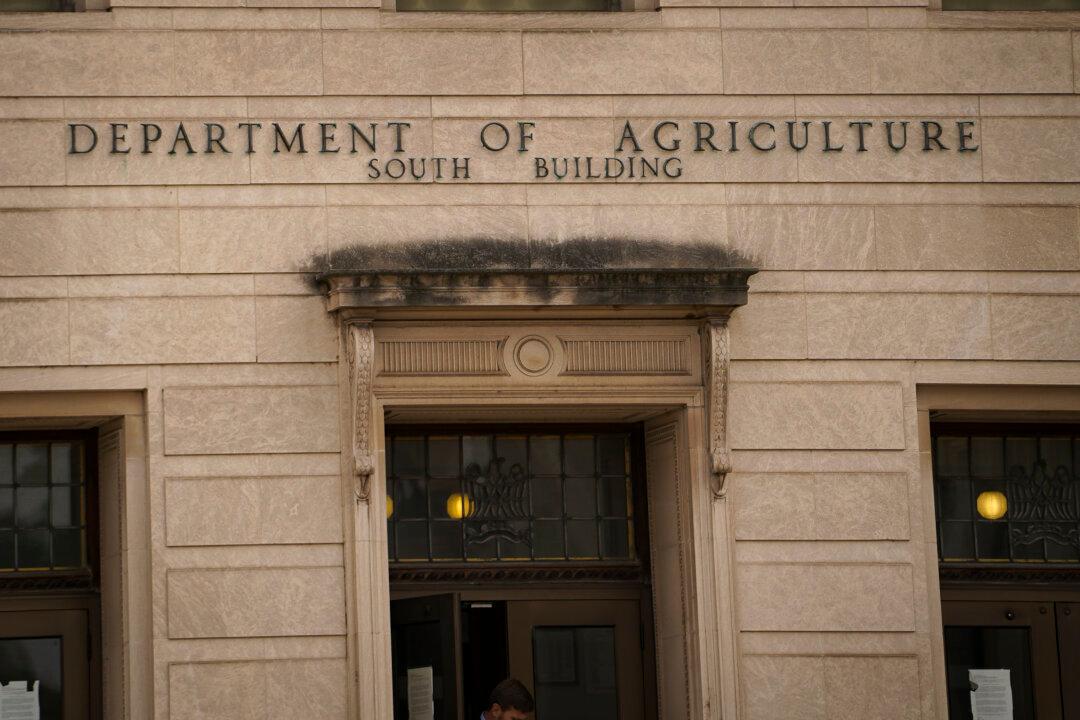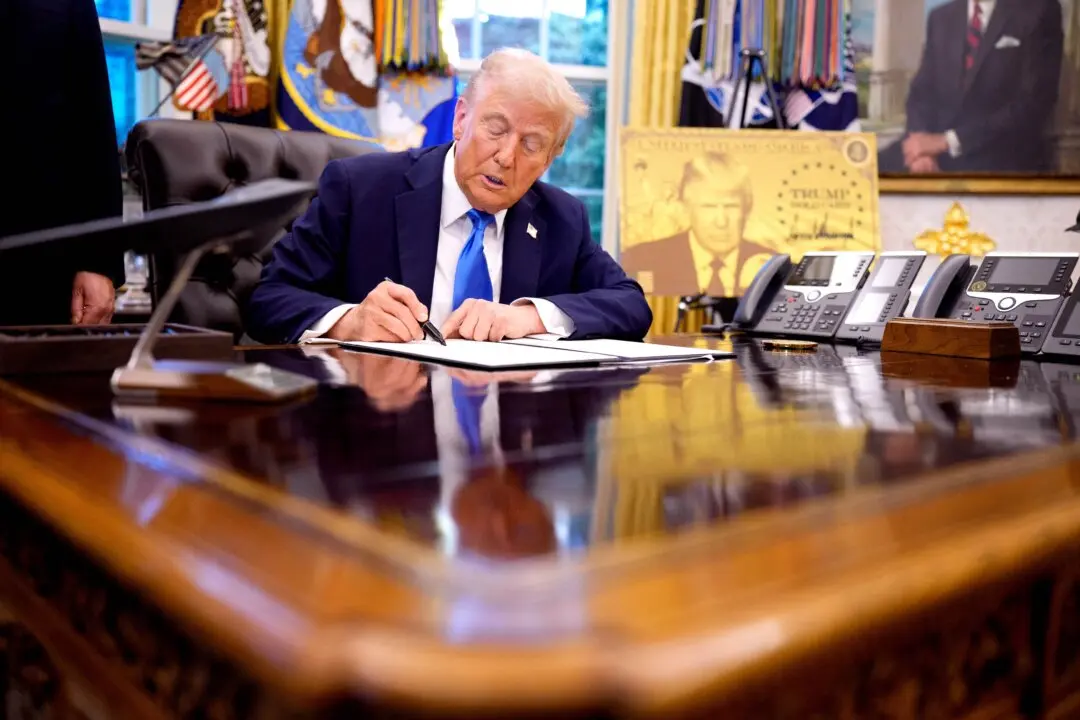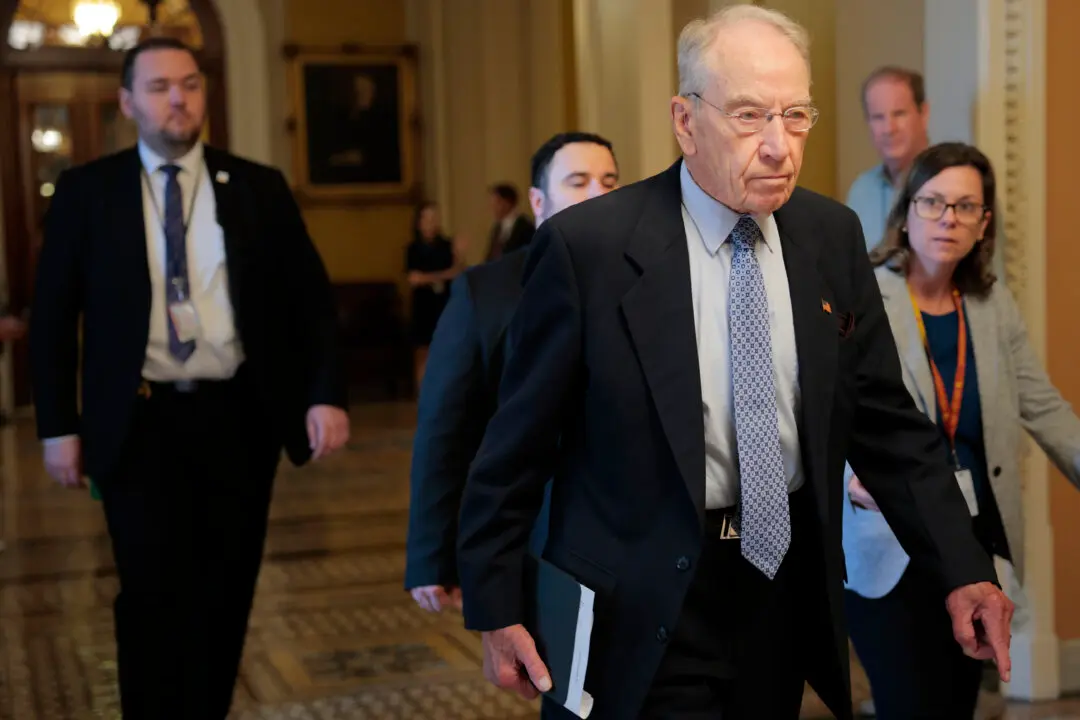The Biden administration announced a $375 million allocation of funds to renewable energy initiatives on June 26.
Tom Vilsack, the secretary of agriculture, announced the initiative through a press release on the U.S. Department of Agriculture website, stating that the majority of the cash would come from the Inflation Reduction Act.





